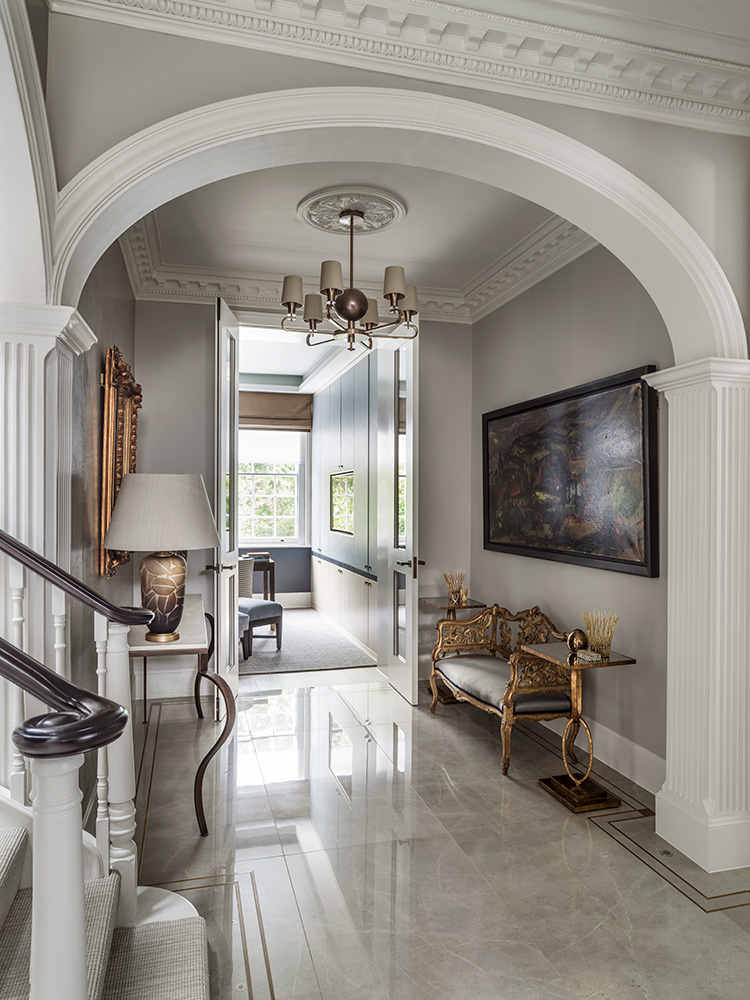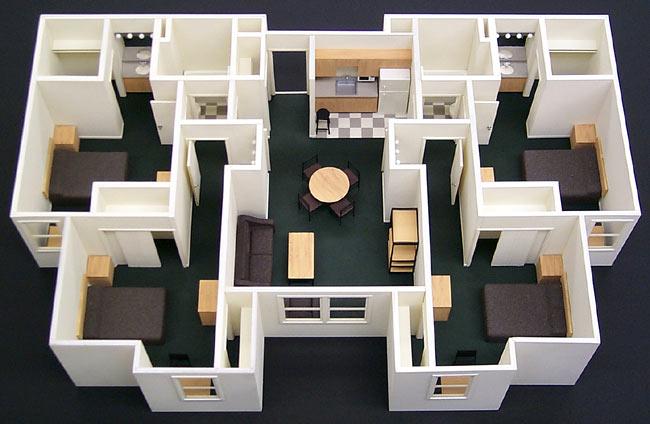Stylish Countryside Homes Interior Design for Rural Retreats
Stylish Countryside Homes Interior Design for Rural Retreats
Blog Article
The Art of Equilibrium: Exactly How Interior Design and Home Designer Collaborate for Stunning Outcomes
In the realm of home design, striking an equilibrium in between aesthetics and performance is no small accomplishment. This fragile equilibrium is accomplished via the unified cooperation between interior designers and architects, each bringing their unique know-how to the table. The outcome? Areas that are not just visually magnificent yet also extremely habitable. This perfect mix is not constantly easy to attain. Stick with us as we discover the ins and outs of this collaborative process and its transformative impact on home style.
Recognizing the Core Distinctions In Between Inside Layout and Home Architecture
While both interior design and home architecture play necessary roles in producing visually pleasing and practical spaces, they are naturally different self-controls. It deals with the 'bones' of the framework, working with spatial dimensions, load-bearing walls, and roofing system styles. On the other hand, indoor style is more concerned with enhancing the sensory and aesthetic experience within that structure.
The Harmony Between Home Style and Interior Style
The harmony between home architecture and Interior Design depends on a common vision of style and the enhancement of useful appearances. When these two areas straighten harmoniously, they can transform a living space from average to amazing. This cooperation calls for a deeper understanding of each technique's principles and the capability to create a natural, visually pleasing atmosphere.
Unifying Design Vision
Merging the vision for home style and indoor layout can create an unified living space that is both practical and aesthetically pleasing. It advertises a collaborating approach where architectural aspects enhance interior design parts and vice versa. Therefore, unifying the design vision is important in blending architecture and indoor style for sensational results.
Enhancing Practical Looks
Just how does the synergy between home architecture and Interior Design enhance useful appearances? This harmony allows the development of areas that are not just visually enticing but additionally conveniently useful. Designers lay the groundwork with their architectural design, ensuring that the area is sensible and effective. The interior designer after that complements this with carefully picked components that boost the aesthetics without endangering the functionality. This unified collaboration can result in homes that are both lovely and liveable. An architect could develop a residence with high ceilings and large windows. The indoor designer can after that emphasize these functions with tall plants and large drapes, specifically, thus enhancing the aesthetic appeal while maintaining the useful benefits of natural light and spaciousness.
Importance of Partnership in Creating Balanced Spaces
The partnership between indoor developers and engineers is crucial in developing balanced spaces. It brings harmony between layout and architecture, giving birth to areas that are not only visually pleasing however additionally useful. Checking out effective collaborative methods can offer understandings right into exactly how this harmony can be efficiently accomplished.
Integrating Layout and Design
Equilibrium, a vital aspect of both interior design and style, can just genuinely be attained when these two areas job in harmony. This collaborative process results in a cohesive, balanced layout where every element adds and has a purpose to the general visual. Balancing design and design is not just get more regarding creating gorgeous spaces, but regarding crafting areas that function flawlessly for their residents.
Effective Collective Techniques

Instance Researches: Successful Integration of Style and Architecture
Examining numerous situation researches, it emerges just how the effective integration of Interior Design and style can transform a room. The Glass House in Connecticut, renowned for its minimalistic beauty, is one such example. Designer Philip Johnson and interior designer Mies van der Rohe collaborated to create an unified equilibrium in between the framework and the inside, causing a seamless circulation from the outside landscape to the internal living quarters. Another prototype is the Fallingwater Home in Pennsylvania. Engineer Frank Lloyd Wright and indoor designer Edgar Kaufmann Jr.'s joint initiatives cause a strikingly one-of-a-kind house that mixes with its natural surroundings. These situation researches highlight the extensive effect of an effective style and style collaboration.

Getting Rid Of Obstacles in Style and Style Collaboration
Despite the undeniable advantages of an effective cooperation between Interior Design and design, it is not without its challenges. Interaction issues can emerge, as both celebrations might make use of various terminologies, understandings, and methods in their work. This can result in misconceptions and hold-ups in task completion. An additional significant difficulty is the balancing act of visual appeals and functionality. Designers might prioritize architectural stability and safety and security, while developers concentrate on convenience and style. The combination of these purposes can be complicated. In addition, spending plan and timeline constraints often include stress, potentially triggering rifts in the collaboration. Reliable communication, common understanding, and compromise are critical to get rid of these obstacles and attain a effective and harmonious partnership.

Future Patterns: The Developing Connection In Between Home Architects and Inside Designers
As the globe of home style proceeds to advance, so does the connection in between engineers and indoor designers. The fad leans in the direction of a much more collaborative and incorporated method, damaging devoid of traditional duties. Architects are no more entirely a knockout post concentrated on structural stability, but also take part in improving aesthetic charm - Winchester architect. Conversely, indoor developers are embracing technological aspects, affecting overall format and performance. This evolving symbiosis is driven by innovations in technology and the expanding need for areas that are not just aesthetically pleasing however additionally functional and lasting. The future promises a more natural, innovative, and adaptive technique to home style, as engineers and developers proceed to obscure the lines, cultivating a connection that absolutely embodies the art of balance.
Verdict
The art of equilibrium in home layout is attained through the harmonious collaboration between indoor designers check my source and designers. An understanding of each other's disciplines, reliable interaction, and shared vision are essential in producing aesthetically spectacular, useful, and inviting rooms. Regardless of difficulties, this collaboration promotes growth and advancement in layout. As the partnership in between home designers and interior developers advances, it will certainly proceed to shape future trends, enhancing comfort, effectiveness, and personal expression in our home.
While both interior layout and home design play necessary roles in developing cosmetically pleasing and practical rooms, they are inherently various self-controls.The harmony between home design and indoor style exists in a common vision of design and the improvement of practical aesthetic appeals.Combining the vision for home architecture and interior design can develop an unified living room that is both practical and visually pleasing. Thus, unifying the layout vision is important in blending architecture and indoor layout for spectacular outcomes.
Exactly how does the synergy between home design and indoor design enhance practical looks? (Winchester architect)
Report this page